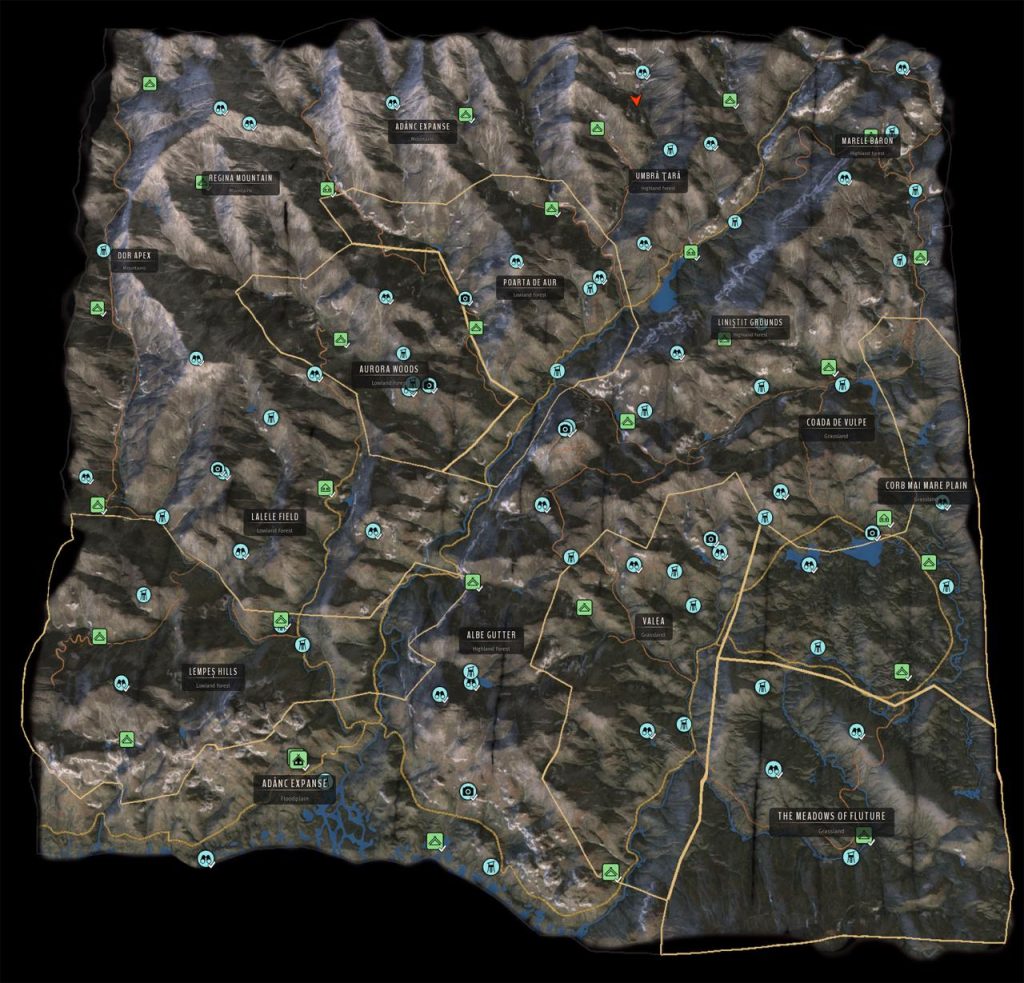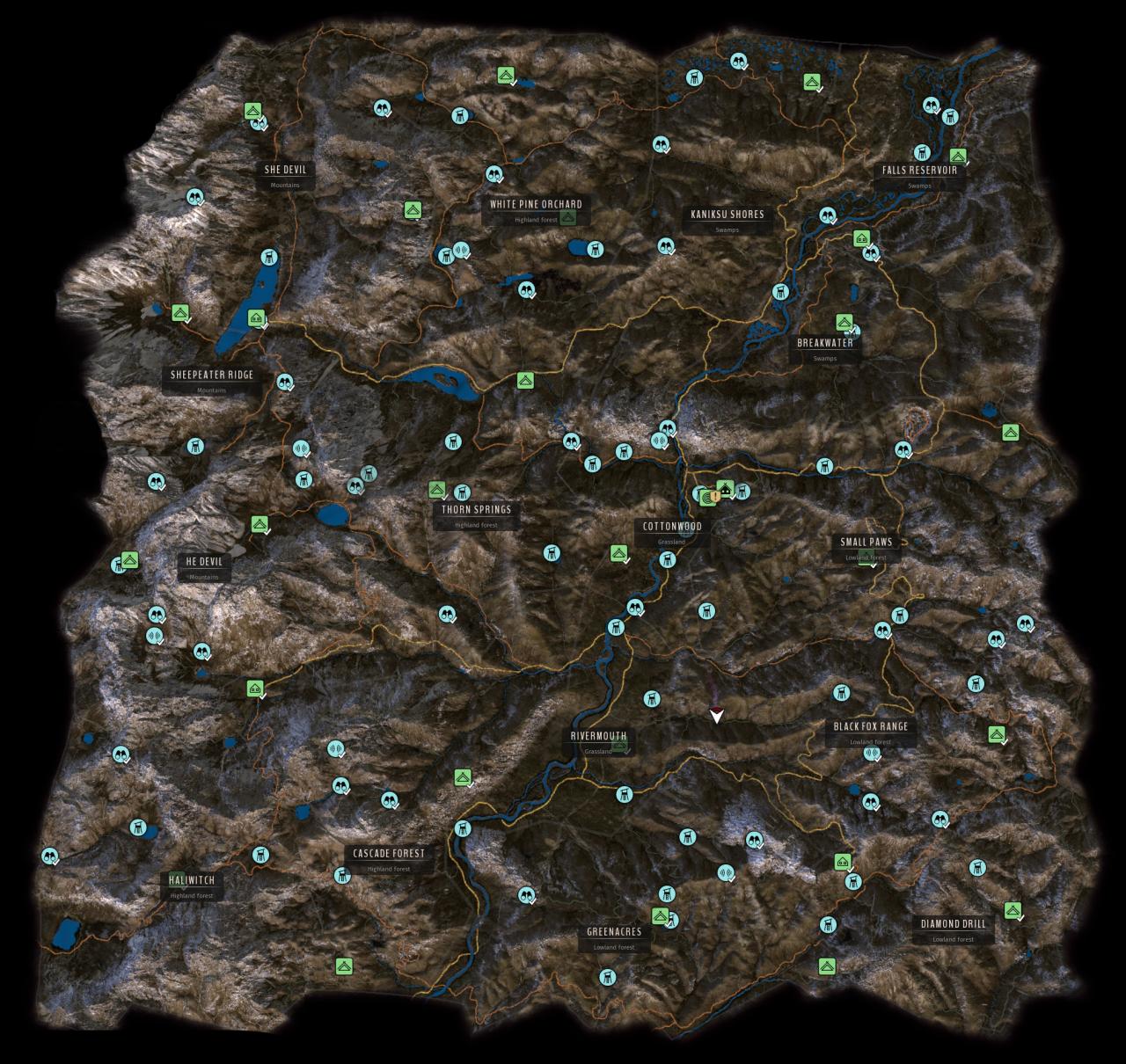
Navigating the Living Maps: A Traveler’s Guide to Nez Perce Traditional Fishing Grounds
Forget the static lines on a modern atlas. To truly understand the Nez Perce traditional fishing grounds is to embark on a journey through living maps—maps etched not just with rivers and valleys, but with millennia of cultural memory, spiritual connection, and the enduring pulse of salmon. This isn’t just a destination; it’s an immersion into a landscape where every ripple tells a story, and the very act of visiting becomes a profound historical and ecological dialogue. For the intrepid traveler seeking more than just a scenic vista, these lands offer an unparalleled opportunity to connect with the heart of the Nimiipuu people and the ancient lifeways tied inextricably to the Columbia Basin’s most iconic fish.
The Unseen Threads: Why "Fishing Grounds Maps" Matter
When we speak of "Nez Perce traditional fishing grounds maps," we’re not talking about tourist brochures highlighting prime angling spots. We’re referring to an intricate, deeply personal, and historically vital understanding of the land and water—a mental map passed down through generations. These maps denote not only specific locations for harvesting salmon, steelhead, and lamprey, but also the routes taken, the seasonal rhythms, the spiritual protocols, and the communal responsibilities that underpinned Nez Perce (Nimiipuu) society for thousands of years. They encompass vast stretches of the Columbia, Snake, Clearwater, and Salmon Rivers, along with their myriad tributaries, stretching across what is now parts of Idaho, Oregon, and Washington.

For the modern traveler, understanding these traditional maps means looking beyond the paved roads and dams to see the ancestral pathways, the once-bountiful fishing weirs, and the campsites where families gathered for the annual salmon runs. It’s an invitation to perceive the landscape through a Nimiipuu lens, appreciating the profound relationship between people and place.
A Journey Through Sacred Waters: Key Areas to Explore
While the entirety of the traditional fishing grounds is immense, several key regions offer accessible and impactful experiences for travelers. Each provides a unique facet of the Nimiipuu story and their enduring connection to the water.
1. The Confluence: Lewiston, Idaho & Clarkston, Washington (Snake & Clearwater Rivers)

This is arguably one of the most accessible and historically significant entry points. The meeting of the Snake and Clearwater Rivers near present-day Lewiston, Idaho, was a central hub for the Nez Perce. It was here that Lewis and Clark encountered the Nimiipuu, marveling at their sophisticated culture and the abundance of salmon.
- What You’ll Experience:
- Nez Perce National Historical Park – Spalding Site: Located just east of Lewiston, this is a must-visit. It serves as the primary visitor center for the Nez Perce National Historical Park, offering exceptional exhibits that detail Nimiipuu history, culture, and the devastating impact of westward expansion. You’ll learn about the salmon’s central role in their diet, trade, and spiritual life. The park grounds also feature historical buildings and interpretive trails along the Clearwater River.
- Canoe Camp: A short drive from Spalding, this site commemorates where Lewis and Clark built canoes with the help of the Nez Perce to continue their journey downriver. It offers serene views of the Clearwater and a palpable sense of history.
- River Tours & Modern Fishing: Several outfitters in Lewiston/Clarkston offer boat tours on both the Snake and Clearwater Rivers. While traditional fishing methods are restricted to tribal members, licensed sport fishing (for non-tribal members) is popular for steelhead and salmon (check local regulations and seasons meticulously). Experiencing the rivers from the water gives you a perspective on the vastness and beauty that once sustained the Nimiipuu.
- The Snake River Canyon: Driving along the Snake River provides stunning views of the canyon, hinting at the challenging terrain the Nez Perce navigated. Imagine the seasonal camps and fishing scaffolds that once lined these shores.


2. Wallowa Valley, Oregon: The Heart of the Chief Joseph Band
Venturing into the Wallowa Valley in northeastern Oregon takes you to the ancestral homeland of the Wallowa Band of Nez Perce, led by Chief Joseph. This valley, renowned for its breathtaking beauty—with Wallowa Lake nestled at the foot of the Wallowa Mountains—was a particularly vital fishing and hunting ground. The story of the Nimiipuu’s forced removal from this valley in 1877, culminating in the Nez Perce War, is one of the most poignant chapters in American history.
- What You’ll Experience:
- Wallowa Lake: The lake itself is a stunning natural wonder, offering boating, hiking, and camping. While fishing here today is primarily for trout, its waters were historically significant.
- Nez Perce Wallowa Homeland: The Nez Perce Tribe has been actively working to re-establish a presence in their ancestral lands. The Nez Perce Wallowa Homeland, located near Joseph, Oregon, offers educational programs and a chance to learn about their ongoing efforts to restore culture and community to the valley. Visiting their cultural events or interpretive sites provides a powerful insight into resilience.
- Chief Joseph’s Grave: A memorial near the northern end of Wallowa Lake marks the reinterment site of Chief Joseph’s father, Tuekakas (Old Joseph), a solemn place for reflection.
- Scenic Drives and Hiking: The entire valley is a photographer’s dream. Hiking trails in the surrounding Wallowa-Whitman National Forest offer stunning vistas and a sense of the untouched wilderness that was once the Nimiipuu’s domain. Imagine their ancestors traversing these mountains for huckleberries and game, always returning to the rivers for salmon.
3. The Salmon River: "The River of No Return," Idaho
The Salmon River, a major tributary of the Snake, is one of the wildest and longest undammed rivers in the lower 48 states. Its very name speaks to its historical significance as a prolific salmon and steelhead fishery. For the Nez Perce, it was a lifeline, providing abundant sustenance.
- What You’ll Experience:
- Whitewater Rafting & Multi-Day Trips: The Salmon River offers world-class whitewater rafting. Many multi-day trips immerse you in pristine wilderness, where you can truly appreciate the scale of the Nimiipuu’s traditional territory. Guides often share insights into the river’s history and ecology.
- Fly Fishing: The Salmon River remains a premier destination for fly fishing, especially for steelhead. While modern angling, it connects you to the river’s lifeblood.
- Remote Beauty: Accessing parts of the Salmon River can be challenging, requiring a robust vehicle or a guided trip. This remoteness, however, allows for a deeper appreciation of the undisturbed natural environment that the Nez Perce relied upon. Look for pictographs or historical markers that denote ancient campsites.
- Interpretive Signs: Along some accessible sections of the Salmon River, you’ll find interpretive signs detailing the river’s ecological importance and its connection to the Nez Perce people.
4. The Columbia River (Contextual Understanding)
While the core of Nez Perce traditional lands lay along the Snake and its tributaries, their reach extended to the mighty Columbia River, where they participated in vast intertribal trade networks, exchanging dried salmon for other goods. The Columbia was the highway of the Northwest, and its falls, most famously Celilo Falls (though primarily fishing grounds for the Warm Springs, Yakama, and Umatilla tribes), were major salmon harvesting sites that Nez Perce individuals would also visit.
- What You’ll Experience:
- The Dalles Dam and Celilo Park: Visiting Celilo Park near The Dalles, Oregon, offers a poignant glimpse into what was lost when Celilo Falls was submerged by The Dalles Dam in 1957. Interpretive signs and a viewing platform explain the historical significance of the falls as a central cultural, economic, and spiritual gathering place for all Columbia Basin tribes. While the falls themselves are gone, the spirit of the place remains, and tribal members still fish here, exercising treaty rights. This visit provides crucial context for the immense impact of damming on traditional fishing grounds across the entire region.
Beyond the Fish: Cultural Immersion and Respectful Travel
Visiting these traditional fishing grounds is more than just appreciating scenery; it’s about engaging with a living culture and a complex history.
- Support Tribal Enterprises: Where possible, support Nez Perce-owned businesses, art, and cultural programs. Your tourism dollars can directly contribute to tribal sovereignty and economic development.
- Visit Tribal Museums and Cultural Centers: Beyond the National Historical Park, seek out smaller tribal museums or cultural centers. These often provide more intimate and specific perspectives on Nez Perce history and contemporary life.
- Attend Public Events (if available): If your visit coincides with a publicly accessible tribal event (like a powwow or cultural festival), consider attending. These are powerful opportunities for cultural exchange and learning, but always observe proper etiquette and respect.
- Leave No Trace & Respect Sacred Sites: Practice impeccable Leave No Trace principles. Many areas are sacred. If you encounter historical artifacts or rock art, do not disturb them. Stay on marked trails.
- Understand Treaty Rights: Learn about the treaties signed (and often broken) with the Nez Perce Tribe. This context is vital for understanding current land use, fishing rights, and tribal sovereignty. The ongoing efforts to restore salmon runs are deeply intertwined with these treaty rights.
- Observe and Listen: Sometimes, the most profound experience is simply to be present, to observe the landscape, and to listen—to the wind, the river, and the echoes of history.
Planning Your Expedition: Practical Considerations
- Best Time to Visit: Spring (late April to early June) and Fall (September to October) generally offer the most pleasant weather for hiking and exploring. Salmon and steelhead runs vary by river and season, so research local fishing regulations if that’s an interest.
- Getting Around: A car is essential for exploring these scattered locations. Be prepared for varying road conditions, especially if venturing into more remote areas.
- Accommodation: Options range from hotels in larger towns like Lewiston, Clarkston, and Joseph, to numerous campgrounds in state and national parks/forests.
- What to Bring: Good hiking shoes, layers of clothing (weather can change rapidly), rain gear, sunscreen, insect repellent, a camera, binoculars, and plenty of water. If you plan to fish, ensure you have the appropriate state licenses and stamps.
- Resources: Utilize the National Park Service website for the Nez Perce National Historical Park, the Nez Perce Tribe’s official website for cultural information and events, and local tourism boards for specific town information.
Conclusion: A Map of Resilience and Connection
Exploring the Nez Perce traditional fishing grounds is far more than a typical travel experience. It’s a journey into the heart of a resilient culture, a testament to the enduring power of place, and a poignant lesson in ecological stewardship. These "maps" guide you not just to geographical points but to a deeper understanding of American history, indigenous sovereignty, and the vital, unbroken connection between the Nimiipuu people and the lifeblood of the Pacific Northwest—the salmon.
As you stand by the Clearwater, gaze at Wallowa Lake, or listen to the rush of the Salmon River, you’re not just observing nature; you’re witnessing the echoes of a profound human story. You’re walking on ground that has sustained a people for millennia, a place where the past is palpably present, and the future is being shaped by ongoing efforts to restore both the fish and the cultural heritage. This is a journey that will stay with you long after you’ve returned home, inspiring a renewed appreciation for the intricate, living maps that define our world.
